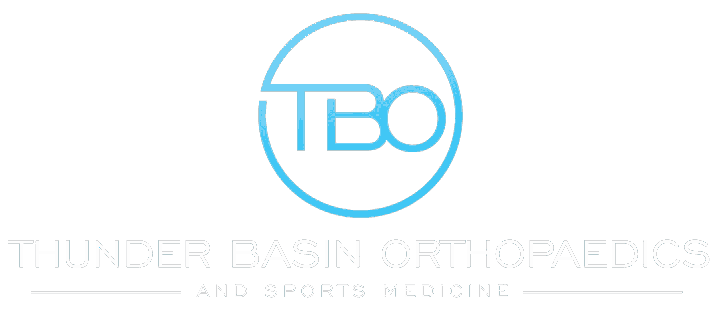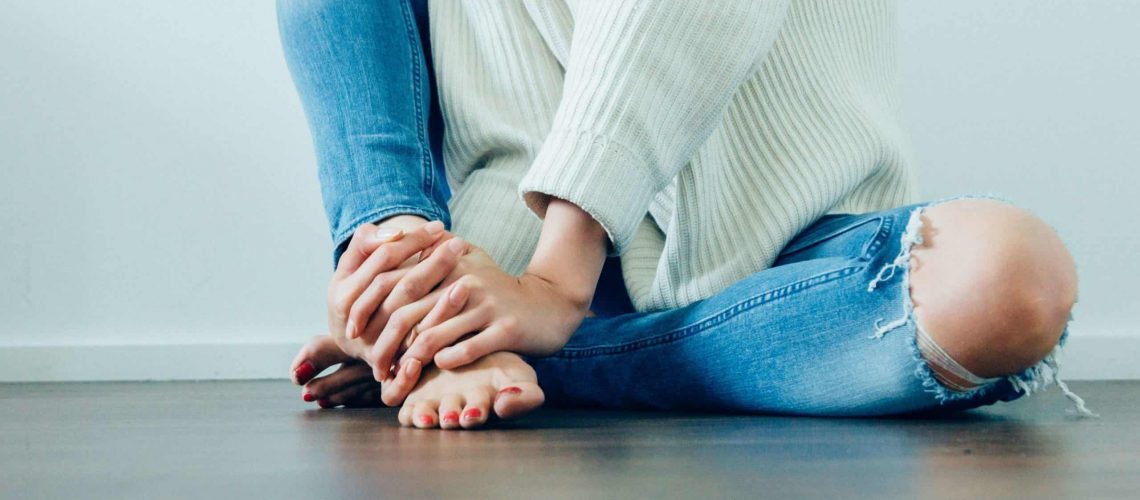Osteoarthritis affects the joints when the cartilage, which is the protective tissue that cushions the ends of the bones and gradually deteriorates. The bones and joints rub together, causing stiffness, pain, and other symptoms. Osteoarthritis (OA) can occur in any joint, with the most commonly affected in the hands, fingers, shoulders, hips, knee, and spine, typically the lower back or neck.
While OA mainly affects older people, it can occur at any age. Osteoarthritis is a degenerative disease that worsens over time, making daily activities difficult. Symptoms can become severe, resulting in chronic pain, and are the leading cause leading to disability.
Contents
What Are The Symptoms Experienced With Osteoarthritis?
Symptoms of osteoarthritis tend to develop slowly and get worse over time. OA symptoms include:
- Noticing stiffness in the joints when waking up or being sedentary
- Pain that affects joint either during or after exercise or movement
- Tenderness that you feel when applying light pressure on your joints
- Feeling a grating sensation in your joints when moving or exercising, and you may hear a crackling or popping sound
- Development of bone spurs when extra bone particles form around the affected joint and feel like hard lumps
- Swelling and soft tissue inflammation around the affected joint
If you are experiencing any of these symptoms, consult an orthopedist as soon as possible.
What Are The Causes Of Osteoarthritis?
Osteoarthritis is most commonly called the wear and tear disease. It is a condition caused by the deterioration of cartilage and its function of acting as a shock absorber in between bones.
Cartilage is rubbery, and when it loses its elasticity and can no longer change shape when compressed, either when pressed together or flattened, it begins to wear away. Over time as the condition worses, the bones can rub against each other.
What Increases The Risk Of Osteoarthritis
There are a few factors that can increase your chance of developing osteoarthritis. These include:
- Being overweight will increase the likelihood of developing osteoarthritis in the knee, spine, and hip, so it is essential to maintain a healthy weight. Extra body weight wears on the weight-bearing joints, and fat tissue produces proteins that can cause harmful inflammation around and in your joints.
- Hereditary factors such as when someone inherits genes that cause defective cartilage, people born with joint or bone abnormalities, or with scoliosis have a higher chance of developing osteoarthritis.
- Injuries can contribute to the possibility of the development of osteoarthritis. An example would be someone who has a knee or back injury may be more likely to develop osteoarthritis in those areas.
- Repetitive motion and joint overuse include bending the knee or heavy lifting at a job or playing a sport that places repetitive stress on your joints.
- Other diseases such as rheumatoid arthritis, the second most common type of arthritis, will increase the chance of developing osteoarthritis. Rare conditions such as excessive growth hormones and iron overload will also increase the risk.
- Gender can be an influencing factor as women are more likely to develop osteoarthritis.
- Older age increases the possibility of osteoarthritis.
- Some metabolic diseases, such as diabetes or having hemochromatosis, when your body has too much iron, will increase the risk of OA.
Once osteoarthritis has begun, it is essential to know what you can do to decrease your pain and swelling, minimizing your symptoms as much as possible.
How Can Osteoarthritis Be Treated?
You can manage symptoms of osteoarthritis; however, you can not reverse damage to the joints. Maintaining a healthy, active lifestyle and weight can help to slow down the progression, improve joint function and relieve pain.
Medications For Osteoarthritis
There are several options for medications that may help give you relief.
- Oral pain relievers such as Tylenol (acetaminophen) will help relieve pain but the swelling in your joints.
- Topical pain relievers, including creams, patches, and gels, may provide pain relief for mild symptoms.
- Nonsteroidal anti-inflammatory drugs (NSAIDS) include naproxen (Aleve, Naprosyn), or ibuprofen (Motrin, Advil), helping
- pain and swelling.
- Cymbalta is an antidepressant used to treat musculoskeletal pain and can be prescribed by your doctor.
- Corticosteroids that can be given orally or by injections directly into your joint can be prescribed by your doctor.
Generally, over-the-counter medications are the first approach. Taking some of these longer than recommended increases your chance of side effects, so consult your doctor.
Alternative Treatments For Osteoarthritis
Supplements such as glucosamine, chondroitin, and SAMe have been shown to help relieve the symptoms of osteoarthritis, especially knee pain.
Acupuncture may provide significant and immediate relief of pain for some people suffering from osteoarthritis. Also, hyaluronic acid injections directly into the joint may help relieve pain for some people.
There are supportive and assistive devices to help with osteoarthritis symptoms, such as knee supports, canes, or crutches to help stabilize and take pressure off your joints.
A physical therapist or sports medicine doctor can help recommend which devices or exercises would be best for you to help prevent falls and improve your overall function.
Surgical Options For Osteoarthritis
Arthroscopy helps repair tissue or clean out damaged cartilage and is most effective on the shoulder and knee, and it is a minimally invasive surgery.
Consider consulting an experienced orthopedic surgeon to replace the damaged joint with an artificial joint when the severity of the symptoms interferes with your quality of life and function. While surgery will not return the joint to its normal state, it can significantly improve mobility and function while decreasing pain.
Joint fusion is another option that will fuse the two bones on each side of the joint after removing the damaged joint and is mainly done when joint replacement is not adequate or not an option.
We Are Here To Help You
Our experienced and compassionate team at Thunder Basin Orthopaedics and Sports Medicine will help you develop the best treatment plan. We specialize in treating orthopedic injuries, joint replacements, joint pain, and minimally invasive surgeries. Call us today, we have two offices to serve you in Gillette and Douglas, Wyoming.


